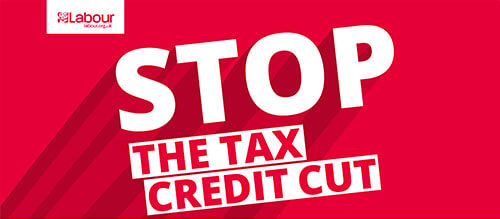
Too good to be true
We should be suspicious of offers that are too good to be true. The recent Conservative budget is a case in point. Thousands of dollars in “tax credits” would seem to be a good thing. But on careful examination, Canadians will discover that not only do they shrink to being just a few hundred dollars in after-tax dollars saved, they also come with all kinds of unwanted side effects. The tax cut budget package should have come with a warning.
Here is the small print you should read:
The main thrust of the Conservative government’s budget was tax cuts – even more then they promised during the election. In addition to the 1% GST reduction, the Conservatives have kept many of the Liberal income tax cuts and added other tax cuts, including generous corporate income tax cuts.
Tax cuts were also doled out to students for university textbooks, for children’s fitness and for public transit passes. In all, there were 28 tax cuts in the budget. Three out of every four dollars of the available $37.2 billion in surpluses over the next two years will go to tax cuts or paying down the debt. There was very little new program spending apart from the military, which got $5.3 billion on top of the generous increases announced by the Liberal government.
But tax cuts are not the best way to address problems of the high cots of post secondary education, increased incidence of obesity among children or the threat of climate change. Nor do they do anything to reduce poverty. Program spending to reduce tuition costs, funding for health education and recreation facilities and programs, and investment in public transit and energy retrofits of houses are much more cost effective and targeted ways to deal with these problems. Poor people get much more out of government programs such as childcare, income support and social services then they do from tax cuts.
Tax cuts are bad news for the poor
The rich always get more from tax cuts then the poor. Even by the government’s own admission the tax cuts in their budget provide less then $100 a year for families with incomes of less then $15,000 and over $1200 for families getting over $100,000 a year. (average tax savings for 2007) The richest families will get twelve times as much as the poorest families.
Tax incentive based mechanisms have proven to be a very ineffective way to deliver social programs. The best examples are day care and affordable housing tax incentives used by the Harris government in Ontario, which produced hardly any day care spaces or new affordable housing units. Tax credits for public transit passes are a very expensive way to reduce greenhouse gas emissions. The same amount of money invested in public transit infrastructure or invested in energy conservation retrofits for houses of low-income families (something that was cut by the Conservatives in this budget) will deliver a much greater bang for your buck.
- Tax credits don’t help if you don’t pay taxes
The poorest Canadians, including many students, who don’t have enough income to have to pay taxes will get no benefit at all from the tax credits for textbooks, public transit passes or children’s fitness programs. This is because they are non-refundable, meaning they can be deducted from what you have to pay in taxes but if you don’t pay taxes you don’t get anything.
The most serious problem with tax cuts is that they reduce amount of money governments can raise and therefore the funds they have available to spend on government programs. Because of past budget surpluses, the impact of Conservative tax cuts will not be felt immediately. But a few years down the road, or even sooner if interest rates go up, the government will be facing serious shortfalls in revenues and this will provide the pretext for major and painful cuts in spending on programs such as funding for welfare and post secondary education.
The goal of this government is to reduce the role of the federal government and let the provinces and the private businesses take up the slack. Most Canadians don’t want more privatization of health care, education and other social services. Nor do they want the federal government to abdicate its leadership role in tackling social problems such as homelessness, child and family poverty or environmental issues such as climate change. Women in particular will be hard hit by the withdrawal of the federal state in the financing and provision of social programs and services, especially women-led single parent families. These programs are essential to the achievement of women’s equality. However, tax cuts are much more popular. So they are being used as the Trojan horse to achieve policy objectives that would be opposed by most Canadians.
But Canadians should not be fooled by a few more hundred dollars in their pockets if this comes at the price of more homelessness, environmental degradation, lack of daycare spaces and poorer health and social programs.
Specific Impacts for Low Income Canadians
“One-time” investment in affordable housing
The budget did include $ 1.4 billion for affordable housing from the NDP budget deal passed by the last parliament but not allocated. While NAPO is relieved this hard won money was not lost, even if it has shrunk from $1.6 billion, building much needed social housing is a long-term task. It takes several years to plan and build social housing projects and there is a huge back-log of 1.5 million Canadian households in core housing need as a result of many years of government inaction. Finance Minister Flaherty’s description of this money as a “ one-time investment to increase the supply of affordable housing in our cities” does not bode well for what he will do for housing in future budgets.
There was no word either about the extension of the federal homelessness and housing rehabilitation programs (which are due to expire this year).
No money for childcare program
One of the biggest disappointments in this budget was the notice served to provinces that funds for childcare will be cut after this year. The establishment of the beginnings of a national early learning and child care program was an important step forward, particularly for poor and sole parent families where the lack of quality, affordable child care is a major barrier to employment, and now it looks as though this may be lost.
The Universal Child Care Benefit (the new name for what was being called the Choice in Child care Allowance) that will provide a taxable benefit of up to $100 a month per child (in many cases a lot less) is no substitute for a national child care program. While the Finance Minister commended provinces that said they will not claw-back this benefit from families receiving social assistance. But there is no guarantee that this benefit will not be clawed-back from some of the poorest families in those provinces that have not made this promise. Bowing to pressure from NAPO and others, the government did say income from the Universal Child Care Benefit will not affect federal income-tested benefits such as the Child Tax Benefit and Child Benefit Supplement. But making it a taxable benefit for the parent with the lower income means couples with one income will get to keep more of the benefit than a working single parent who has greater need for child care. It would have been much better to deliver this new benefit as part of the Child Tax Benefit as NAPO recommended.
Funds for Aboriginal Health and Poverty Reduction Disappear
Another shocking development was the absence of any funds to implement the Kelowna Accord negotiated between First Nations and federal and provincial governments to address the health, housing, water and social and economic infrastructure needs of Aboriginal peoples. Of the $5 billion dollar commitment made at that time less then 10% appeared in this budget to address these needs. The government should not be surprised if there are more blockades and unrest in Aboriginal communities this summer.
We will pay for tax cuts later
Apart from the money for social housing, this federal budget was a disaster for low income Canadians. But even more ominous is that the tax cuts introduced will likely mean even worse budgets for the poor in the future.



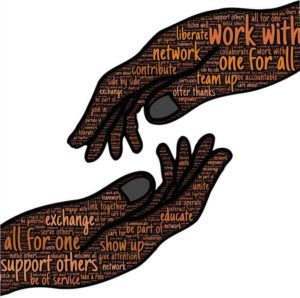
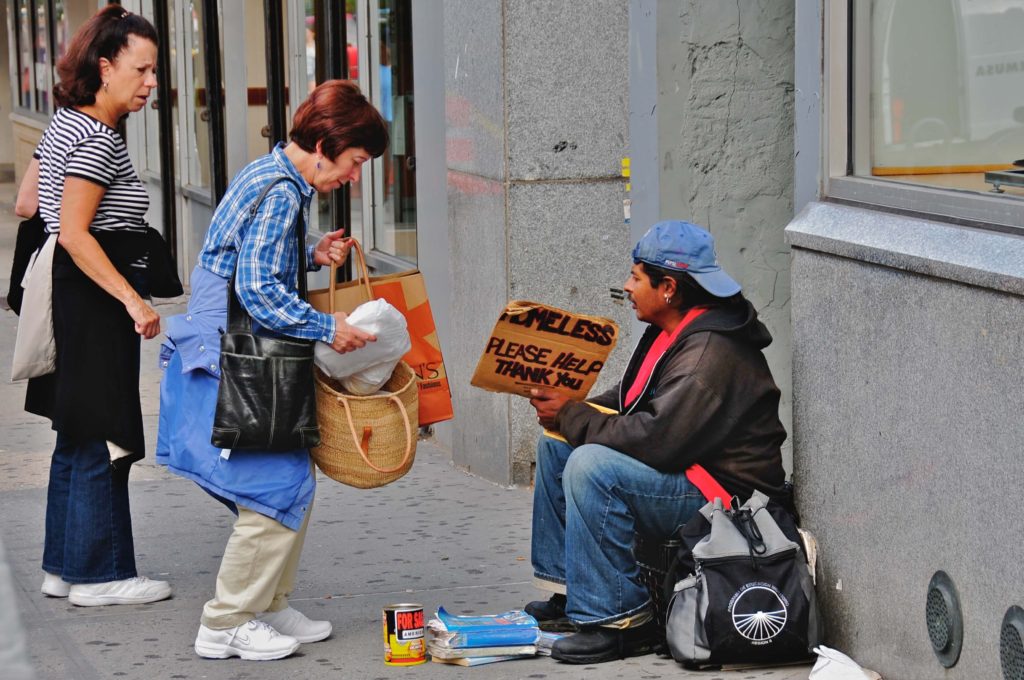 The election of a minority Liberal government creates some new opportunities for action on poverty issues in Canada. And NAPO will be working hard in concert with other anti-poverty groups to ensure promises made during the election campaign are turned into reality.
The election of a minority Liberal government creates some new opportunities for action on poverty issues in Canada. And NAPO will be working hard in concert with other anti-poverty groups to ensure promises made during the election campaign are turned into reality.
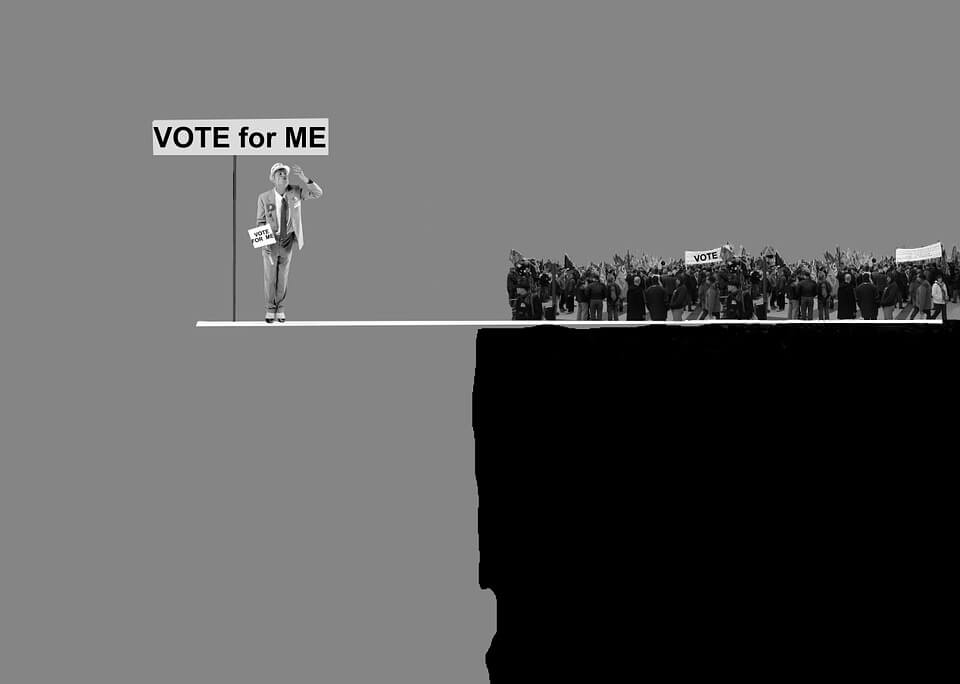
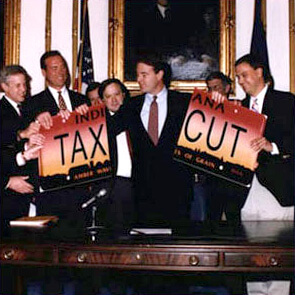
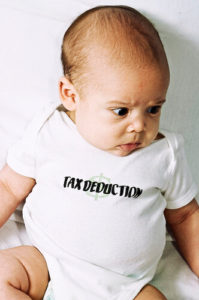 The best way to deliver this allowance, in our view, would be through the existing Child Tax Benefit. The Child Tax Benefit (the base amount) is a non-taxable benefit that is already exempt from being counted as income by provincial welfare programs and therefore not subject to claw-back from social assistance recipients.
The best way to deliver this allowance, in our view, would be through the existing Child Tax Benefit. The Child Tax Benefit (the base amount) is a non-taxable benefit that is already exempt from being counted as income by provincial welfare programs and therefore not subject to claw-back from social assistance recipients.
